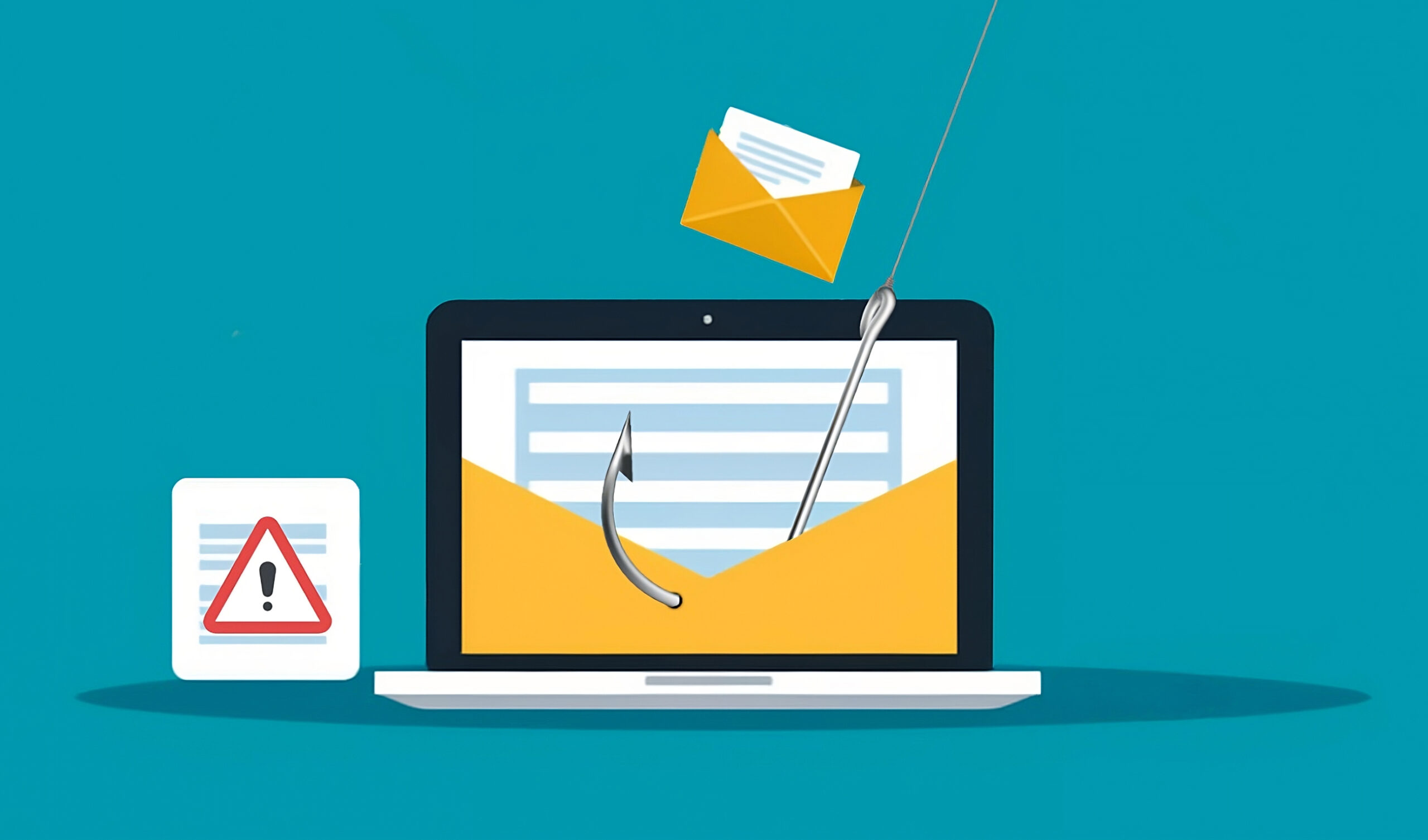At BIZ Courier & Logistics S.A., we prioritise the security and well-being of our clients. In today's digital age, at a time that cyber threats continue to evolve, it is crucial for businesses to be aware of the dangers posed by phishing emails. These malicious attempts to deceive and steal sensitive information can have devastating consequences for both individuals and organisations. In this article, we aim to shed light on the risks associated with phishing emails and provide you with valuable insights and practical tips to safeguard your business against these cyber threats.
Definition of phishing emails and their deceptive nature
Phishing emails are scam messages sent to trick recipients into revealing sensitive information, such as login credentials, credit card details, or personal data. These emails often masquerade as legitimate communications from trusted entities, such as banks, social media platforms, or reputable organisations. The deceptive nature of phishing emails lies in their ability to appear genuine, luring unsuspecting individuals into divulging confidential information or clicking on malicious links.
Common characteristics and techniques employed by cybercriminals
Phishing emails employ various tactics to deceive recipients and elicit a response. Some common characteristics include:
- Spoofed Sender: Cybercriminals manipulate the sender's email address to make it appear as if the message is coming from a reputable source.
- Urgency and Threats: Phishing emails often create a sense of urgency, coercing recipients into taking immediate action by threatening account suspension, legal consequences or financial loss.
- Social Engineering: These emails leverage psychological manipulation, exploiting human emotions such as fear, curiosity, or greed to increase the likelihood of a response.
- Phishing Links and Attachments: Cybercriminals embed malicious links or attachments within emails, which, when clicked or downloaded, can install malware, capture sensitive information, or grant unauthorised access to systems.
- Impersonation: Phishing emails may impersonate trusted entities, including banks, government agencies or well-known brands to gain credibility and trust.

Potential consequences and risks of falling victim to phishing attacks
Falling victim to phishing attacks can have severe consequences for individuals and organisations alike:
- Data Breaches: Phishing attacks can result in unauthorised access to sensitive data, leading to data breaches, identity theft, or financial scam.
- Financial Loss: Phishing scams targeting banking or payment information can result in unauthorised transactions, draining bank accounts or causing financial losses.
- Compromised Systems: Clicking on malicious links or downloading infected attachments can infect computer systems with malware, compromising data integrity and network security.
- Reputational Damage: If personal or confidential information is compromised, individuals and businesses may suffer reputational damage, eroding trust among customers, partners, and stakeholders.
- Regulatory Non-Compliance: Organisations that handle personal or sensitive data may face legal and regulatory consequences for not protecting customer information from phishing attacks.
By understanding the deceptive nature of phishing emails, recognizing their common characteristics, and being aware of the potential risks, individuals and organisations can better equip themselves to identify and mitigate the threat of phishing attacks.
Safeguarding Against Phishing Attacks
Best Practices for Identifying and Avoiding Phishing Emails:
- Verify the Sender: Always double-check the sender's email address and domain to ensure it matches the legitimate source.
- Think Before Clicking: Exercise caution when clicking on links or downloading attachments in emails, especially if they are unsolicited or seem suspicious.
- Watch for Red Flags: Look out for grammatical errors, spelling mistakes, generic greetings, or urgent requests, as these are common signs of phishing emails.
- Be Wary of Requests for Personal Information: Legitimate organisations rarely ask for sensitive data via email.
- Avoid providing personal or financial information unless you can verify the legitimacy of the request.
- Use Two-Factor Authentication (2FA): Enable 2FA whenever possible to add an extra layer of security to your accounts and protect against unauthorised access.
- Keep Software Updated: Regularly update your operating system, antivirus software, and web browsers to ensure you have the latest security patches.
- Educate Yourself and Your Team: Stay informed about the latest phishing techniques and educate employees, colleagues, and family members about the risks and preventive measures.
Protecting Yourself from Customs Payment Scams
Beware of Customs Payment Scams: In recent years, cybercriminals have been using a deceptive tactic known as the "customs payment scam" to trick unsuspecting individuals. These scams typically involve receiving an email or SMS claiming that you have a package awaiting delivery. The message may include a shipping code and the name of a courier company, making it appear legitimate. However, it is important to exercise caution and be aware of the following red flags:
- The Request for Payment: Scammers often request payment for customs fees or taxes related to the supposed package delivery. They may create a sense of urgency, insisting that immediate payment is needed to avoid penalties or delays.
- Unusual Circumstances: If you receive a customs payment request but are not expecting any package or have not made any recent international purchases, it is likely scam.
How to Verify a Customs Payment Request
To protect yourself from falling victim to these scams, follow these steps to independently verify the legitimacy of the request:
- Use Trusted Sources: Avoid clicking on any links or buttons provided in the email or SMS. Instead, independently visit the official website of the courier company mentioned or contact them directly using their verified contact information.
- Check the Tracking Code: Enter the tracking code provided in the email or SMS on the courier company's official website. Verify if the code exists and check the destination address. If the information does not match your expected package or if the code does not exist, it is likely a scam.
- Be Cautious with Payment: Never make any payments directly in response to the email or SMS. Only continue with payments through trusted and secure channels, such as the official website of the courier company or their authorised payment platforms.
Reporting and Acting
If you suspect you have received a phishing email:
- Do not respond or engage with the email or its contents.
- Report the phishing attempt to your email provider, organisation's IT department, or the Anti-Phishing Working Group (APWG).
- Delete the suspicious email from your inbox and trash folder to avoid accidental clicks or opening in the future.
As your trusted partner, we are committed to helping you navigate the ever-changing landscape of cybersecurity threats. By being aware of the dangers posed by phishing emails and implementing preventive measures, you can significantly reduce the risk of falling victim to these attacks. Remember, vigilance and proactive measures are crucial in protecting yourself and your organisation from the dangers of phishing attacks. By staying informed, employing best practices, and fostering a culture of cybersecurity awareness, you can minimise the risks and support a secure digital environment.
Note: This article serves as a general guide to raise awareness about phishing emails and does not constitute professional advice. It is recommended to consult with cybersecurity experts or IT professionals for tailored solutions to protect your specific business needs.
